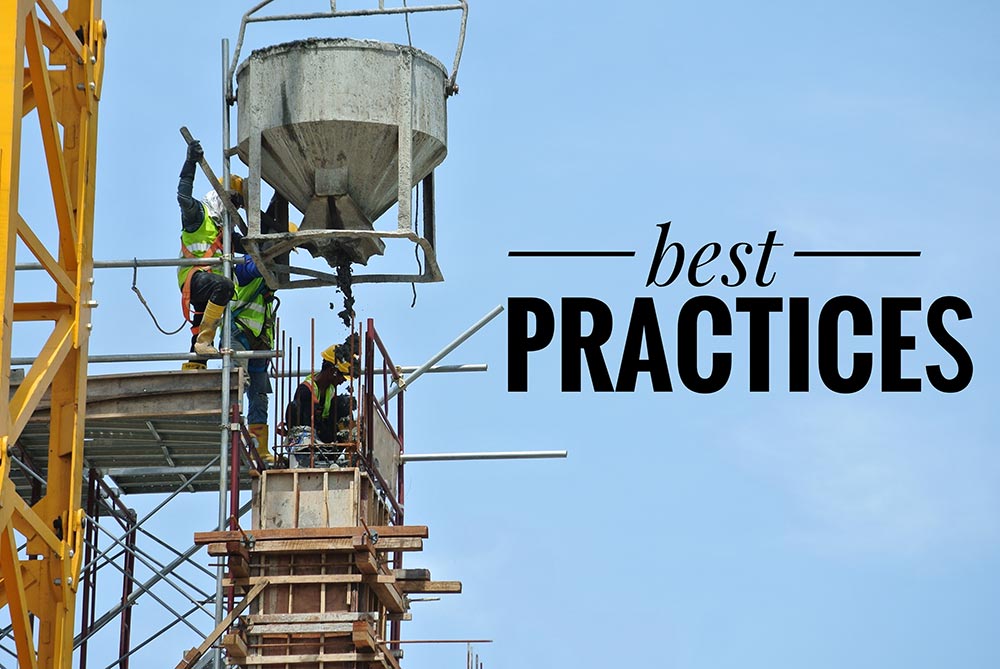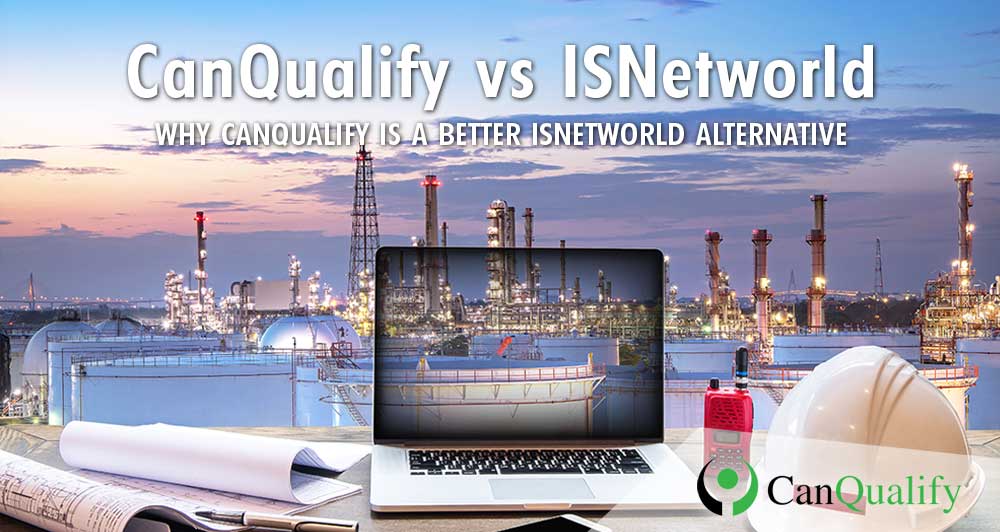Supplier Management Best Practices with Prequalification
Article by CanQualify.com
Working with suppliers, contractors, and vendors is an increasing trend in the post-pandemic workforce. Adopting Supplier Management Best Practices through supplier prequalification can assist in scaling capabilities while also maintaining a safe work environment.
Managing third-party providers, such as contractors, suppliers, vendors, and even subcontractors, starts with prequalification.
This post focuses on best practices of contractor–supplier management through prequalification because, if prequalification is not included, then it’s not truly an accurate list of best practices.
What is Contractor / Supplier Management?
Supplier is a general term referring to third-party contractors, subcontractors, and vendors who perform work or services for another company, often referred to as the owner or hiring client, but are not company employees.
Supplier Management is the process of managing the suppliers in an organized effort to complete the job task while also reducing risk exposure in the process.
That task can be a huge undertaking depending on how many contractors and suppliers are needed. Something that significantly increases that task is if those contractors use subcontractors. And if so, how many? There are a lot of risks that come with hiring an unknown supplier to provide work on a project. What can be riskier, and even downright stressful, is not knowing if they are qualified to perform such work. If a contractor defers work to a subcontractor, what do you as the hiring client know about that subcontractor? Are they the best qualified for the job or simply the least expensive for the contractor?
Supplier diversity is key to a healthy supply chain of contractors but managing all those moving parts can be a full-time job. Having procedures in place to manage the suppliers, reduce risk and provide support to staff are all best practices and key components to a successful contractor program.

What are Contractor / Supplier Management Best Practices?
- Identify expectations, goals, and objectives for working with suppliers, contractors, subcontractors, and vendors.
- Establish a baseline of compliance through benchmarks and requirements for contractors to adhere to.
- Determine which suppliers meet those benchmarks and encourage those that don’t to create programs that help improve their safety culture.
- Choose the contractors best fit for the task that have an established record for safety.
- Identify Key Performance Indicators (KPIs) for monitoring areas of improvement – track and measure the performance of the supplier contractors.
Every industry is unique in its own daily work tasks and has different sets of prevention measures and mitigation techniques to focus on. Each supplier will have their own specific set of duties depending on the work they perform. With such a diverse world we live in, and an almost infinite way to earn a living, even simple tasks have the potential to cause harm – see carpal tunnel for example. However, one thing that remains constant at the end of the day is our goal for everyone to return home safely to their family.
Working in certain industries can absolutely be risky.
There is an old saying that a chain is only as strong as the weakest link. It’s a simple saying but very relevant when it comes to safety on a job site. While many things can attribute to the chain, strengthening each link through proper education, established fundamentals, safety programs and training can create a strong and safe work environment. A plan focused on strengthening the overall chain is part of best practices.
Establishing systems to strengthen the supply chain is the goal so it’s also good to understand where your chain could be weakened. Having a safety program that focuses only on company employees but doesn’t include contractors is one such place.
Suppliers that are working at your site for the first time, or even those that have been there previously, but have had staffing changes, often can’t obtain and share all the information necessary to ensure a culture of incident-free behaviors. Prequalification is one of the key loss prevention strategies to simply ensure everyone is committed and on the same page when it comes to safety. Any contractor, supplier or vendor that comes on site that has not been prequalified increases the risk exposure of even your safest employees. Everyone collectively should share the responsibility to help create a safe work environment. But no matter how conscientious employees may be, one unqualified supplier can have significant consequences.
Safety professionals revise, improve, and implement policies, procedures, and best practices for several safety-related reasons, but one of the most important objectives is risk mitigation. One way all employees can take part in risk mitigation is a personal responsibility to use stop work authority and identify unsafe acts/conditions before an incident occurs.
Now that we have a little insight into Supplier Management and Contractor Best Practices, how does prequalification fit into the equation?
Supplier Management Best Practices through Prequalification
- Awareness and assistance with regulatory requirements, best practices, and site-specific requirements.
- Awareness and assistance with understanding multi-employer responsibility.
- Consistency with mission-critical data collection such as supplier diversity, sustainability, financial health, licenses, insurance, substance abuse, quality, and virtually any customized pre-qualification elements outside of health and safety.
- Aligning resources with exposure.
- Selecting safe suppliers greatly reduces potential loss, risk, and legal challenges for both suppliers and owners.
Knowing if the contractor is capable, qualified, has a safe track record, and meets your benchmarks are essential best practices for a sustainable supply chain.
Working with suppliers and contractors is a great way to scale your workforce because when a large job is completed, the workload typically decreases. The flexibility to bring in or reduce workers as needed can be invaluable to a company’s capabilities and, can increase the number of projects taken on at any given time.
While a diverse supply chain can increase productivity, it also creates a lot of moving parts and increases risk. A supplier management system is an essential best practice because an unorganized supply chain can lead to confusion, frustration, things slipping through the cracks, and increased incident potential. Established prequalification requirements, combined with safety statistic gathering and collecting insurance certificates, go a long way towards sustainability.
Supplier Management and Prequalification Software
The main goals of supplier management and prequalification software are to improve the organizational workflow of so many moving parts and help choose the safest, most reliable, and qualified suppliers.
Contractors are a great asset but managing them all can be burdensome if systems are not in place. An unorganized process, or one that is hastily thrown together, can lead to confusion and often falls by the wayside.
Supplier Management and Prequalification Software is significantly beneficial because it reduces the cost, time, and resources needed for both the client and contractor. A digital program increases efficiency by significantly reducing paperwork. All data is stored in one central location making it easier to access – especially for organizations with multiple site locations. Tracking the data and keeping records current is much easier and you guessed it, part of best practices.
CanQualify challenges the status quo of supplier management and prequalification because we simplify the process with understandable requirements, easy-to-use software, genuine customer support, and reasonable pricing.






